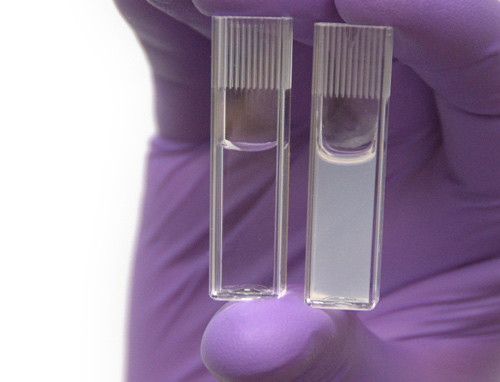Biotherapies are one of the fastest-growing arms of the pharmaceutical market with monoclonal antibodies accounting for a large portion of some recent drug approvals in oncology and chronic inflammatory disease among other areas. Given the pace of market growth in this and other areas of biomanufacturing and bioprocessing, it’s likely that there will be a bigger spotlight on the quality of the tools used in the production process.
Companies like Meissner are paying attention and seeking to offer improved methods of purification for biomanufacturing that utilize technologies such as ultrafiltration to increase the yield and consistency of bioproducts. Typical ultrafiltration membranes have smaller pore sizes than microfiltration tools—usually anywhere from 5–50 nanometers—making them well-suited for downstream applications such as antibody purification. In recent years, they have also been used in vaccine development for mRNA purification as well as purifying viral and non-viral vectors for cell and gene therapy development.
Characterizing ultrafiltration membranes is typically done using one or two molecular weight markers to assign a molecular weight cutoff weight, measured in kDA, based on the pore size. However, this approach often results in inconsistent characterization of membranes. “Using only a single marker is not ideal because it is not the full story,” Thomas Lazzara, PhD, a director of research and development at Meissner, said in an interview with GEN. With a single marker, it can be difficult to distinguish between membranes with differently-sized pores. For example, a membrane with a molecular weight cut-off of 300 kDA may have a similar passage rate to one with a rating of 100 kDA even though the pore sizes are different, he explained. That’s a problem for biomanufacturing, where customers need consistent processes and protocols to ensure reproducible and consistent results.
In a presentation at the Bioprocess International conference held this week in Boston, Lazzara described Meissner’s approach to characterizing its ultrafiltration membranes. He discussed a version of the company’s SepraPor® ultrafiltration product that uses hollow fiber technology which Meissner claims offers several advantages over other purification methods.
Lazzara said that the membranes are designed from the ground up to ensure that customers get consistent results with no deviations or issues with low performance particularly for validated products. Instead of just one or two markers, Meissner’s approach works on a continuum. Simply put, their scientists use multiple polymer markers—at least three—of increasing molecular weights to determine the molecular weight cutoff point of their membranes. The result is “well-characterized ultrafiltration membranes with improved lot-to-lot consistency.”
To demonstrate the kind of optimization that can be achieved using Meissner’s hollow fiber membranes, Lazzara shared a cell and gene therapy case study focused on plasmid DNA purification during his presentation. The study compared the results of filtration using 300 kDA SepraPor membranes instead of traditional cassettes. The results showed that the company’s membranes shortened processing times by 40% percent with recovery yields and product purity of over 98%. Meissner’s approach also consumed 25% less buffer than cassettes. Lazzara also highlighted other benefits conferred by hollow fibers including a smoother flow of solution and minimal shear, which protects bioproducts from damage.


